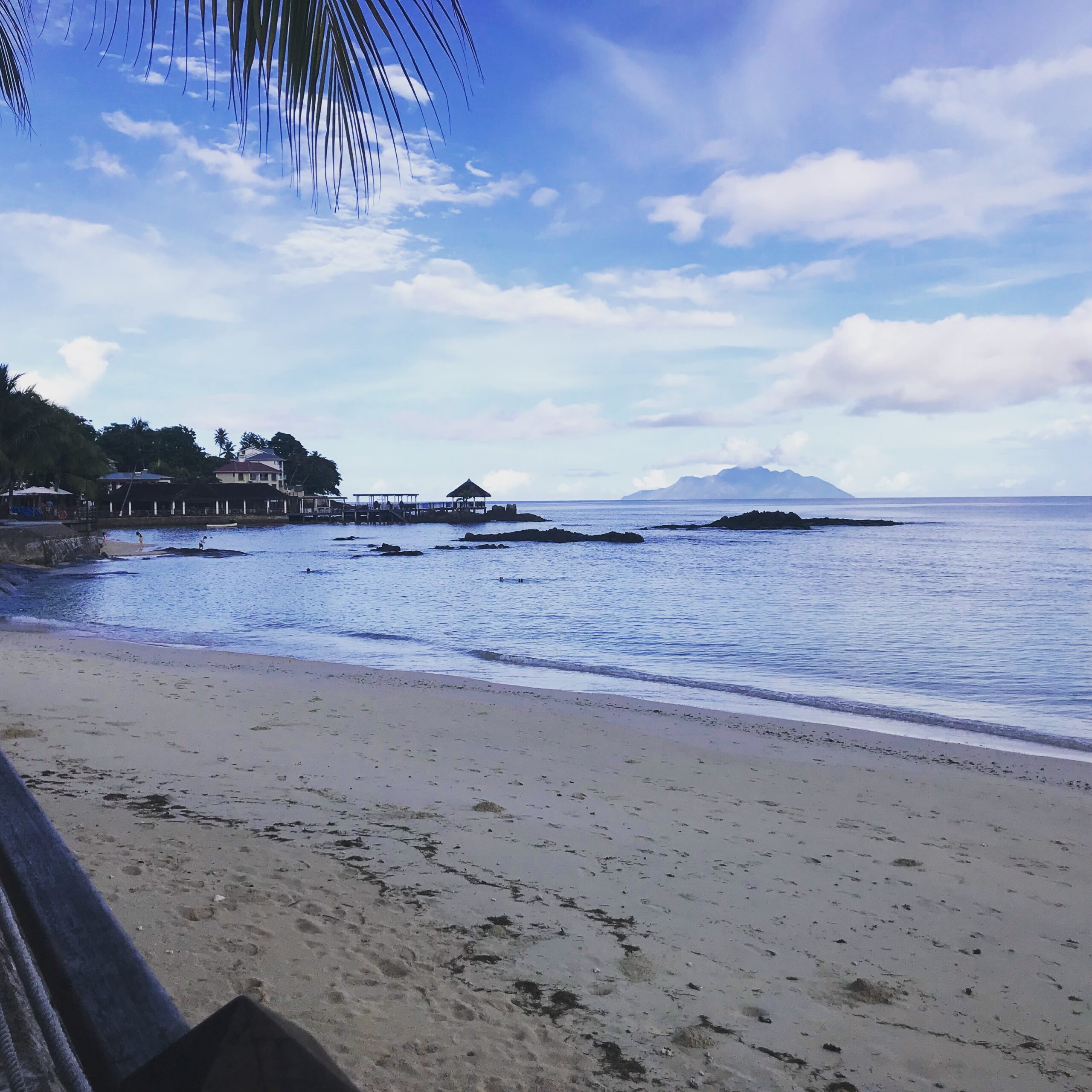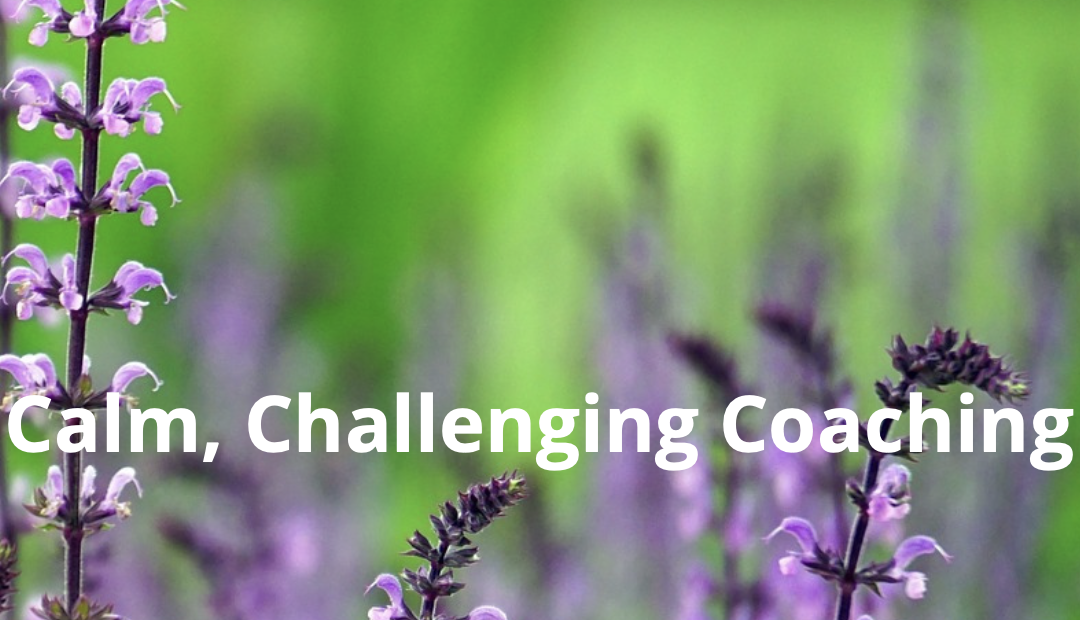For me, being underwater is my happy place, the place where the cares of the world fall from my shoulders and instead I swim in awe of what the world can show me. Vying for second and third places are sitting on a beach, watching the waves or lying in a forest, listening to the leaves rustling in the canopy. A close fourth, living in Dubai, is seeing a sea of sand dunes, spreading as far as the eye can see, especially if there are camels – who doesn’t smile when they see camels?
Green spaces have been shown to improve people’s wellbeing, to decrease anxiety and create calm. In Japan, forest bathing or Shinrin-Yoku is used to ease stress. This depends on disconnecting from modern technology for two hours or more and really focusing on the leaves, the sounds, and the patterns of light you see in the forest. This isn’t always feasible for busy urban dwellers, however, studies have shown that people leaving a green space such as a park are more generous with their time, and are more willing to help others than those who have yet to enter the park.

Blue spaces also have this effect. In Victorian times, doctors sent people to seaside resorts for the restorative effects they had, and recent studies have shown that there is a health gradient in England, with better health in general being found nearer the coasts. Trips to the coast and views of the sea, or large lakes are restorative in some way that is not matched by visits to parks or wild countryside, although exactly how is not certain.
One explanation may be that watching waves, ripples or the light playing on the water involves involuntary attention as opposed to direct attention. In other words, we do not have to make an effort to pay attention to light playing on water – it is drawn there anyway, unlike the effort it takes to read a book, or this blog, where we have to focus our attention on the object. Most of our lives are spent using direct attention and after a while this becomes tirinG.
Researchers have determined that restorative environments are those that are:
- Away from our normal environment
- Involve soft fascination or involuntary attention
- Are large enough to engage our minds, being rich and non threatening so they allow us to relax
- Compatible with our needs
But what does that mean?
For someone who works from home, like myself, it may be just a wander into the garden with my coffee, allowing my attention to be drawn by the mynah birds singing on the pergola. It could also be sitting on the beach, watching the waves; going for a walk in the woods; or even standing in front of the large aquarium in Dubai Mall, watching the fish swim back and forth, although this is not quite the natural setting that scientists had in mind when they suggested that these settings can activate neural networks that support subconscious processing, improving cognitive flexibility. But needs must, when you have few options around!
So what does this mean for us in Dubai?
Well, for one thing, the planners have hit on a good thing for all of us when they increased accessibility to the coastline with walkways and running tracks; and when they increased the water frontage by building the canal. But for it to do us good, we need to use it. Take that trip out at the weekend, visit the wetland reserve in Sharjah or head over to the lakes at Al Qudra, taking an hour or two to relax.
During the week we can step out of our homes or offices and take a 10 minute walk in a local park, adding some physical activity to our wellbeing mix. Or just create a mini natural green space on a balcony, making the effort to sit out there and listen to the sounds, leaving our phones indoors. Very little cannot be left for 10 minutes.








